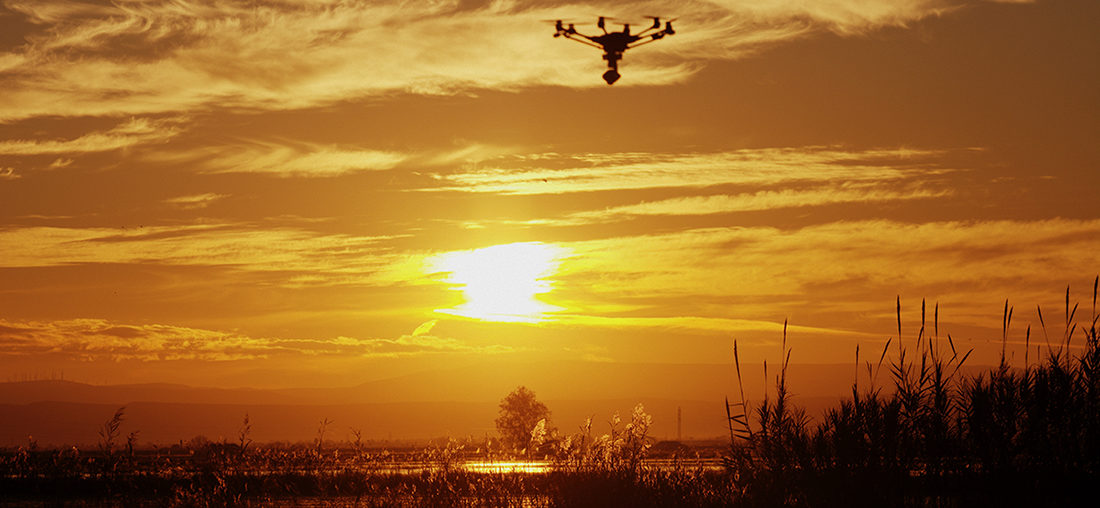Despite strict current regulations, the Vietnamese government is making strides in promoting the use and integration of UAS. UAS have been listed as one of the prioritized technologies for research, development and application under the recent Decision of the Prime Minister No. 2117/QD-TTg dated 16 December 2020. In particular, the Government and enterprises of Vietnam have especially promoted the use of UAS in agriculture and monitoring of energy utilities. In the agriculture sector, users have applied for UAS to aid in spraying of pesticides and identification of pest-infected areas. According to a recent official letter from the Ministry of National Defense (“MND”), the MND confirmed the policy that would facilitate the import and preferential tariff and fee treatment of UAS specialized for agriculture purposes, as well as encourage and facilitate research and manufacturing. In the energy sector, since 2019, the National Power Transmission Corporation, a state-owned enterprise that is currently…
On November 17, the FAA announced that it has completed the second and last phase of its Unmanned Aircraft System Traffic Management (“UTM”) Pilot Program (“UPP”), conducted in partnership with NASA. The conclusion of the drone demonstration phase is a significant milestone in paving the way for operations beyond visual line of sight (“BVLOS”). The lessons learned from UPP will support ongoing policy and technology advancement efforts toward enabling BVLOS operations. In the near term, the FAA is expected to release its final rule on the remote identification of drones (“Remote ID”) and a proposed rule for operations over people and at night by the end of this year or early in 2021. These rulemakings will incorporate information and data developed during the UPP. Remote ID is viewed by the FAA as a critical step in the development and deployment of UTM systems to enable routine BVLOS operations. Established in…
Innovation has been at the forefront of the global response to the COVID-19 pandemic, with multiple industries adapting to provide essential goods and services. Following the widespread adoption of social distancing measures earlier this year, the UAS industry has demonstrated the potential of expanded drone operations through the delivery of critical supplies. In light of COVID-19, the U.S. federal government has expressed interest in helping the UAS industry bring new drone applications to market through expedited regulatory approvals under the current framework and accelerating the implementation of a broader regulatory framework for expanded drone operations. Drone deliveries of critical supplies in response to COVID-19 have been made possible through the FAA’s UAS Integration Pilot Program (“IPP”), under which the FAA has granted waivers from the operating limitations prescribed by 14 CFR Part 107. Currently, expanded drone operations such as flights at night, beyond visual line of sight, and over people,…
The FAA recently issued a request for public comment on a policy for the type certification of certain Unmanned Aircraft Systems (“UAS” or “drones”). The policy applies to both large UAS (55 pounds or more) and certain small UAS weighing less than 55 pounds (“sUAS”) operating outside the limitations imposed by 14 CFR Part 107. sUAS operating under Part 107 (or with a waiver under Part 107) are not required to have airworthiness certification, but all other civil UAS must receive airworthiness certification from the FAA or an exemption from such requirements. The FAA specifies UAS used for package delivery as those affected by the policy; type certification for these drones would streamline the process for manufacturing and airworthiness certification, accelerating commercial deployment within the U.S. While the FAA contemplates a future rulemaking, the proposed policy is intended only to provide clarity to the public regarding existing legal requirements and…
On December 26, the FAA released its long-anticipated proposed rule that would require the remote identification (“Remote ID”) of unmanned aircraft systems (“UAS,” or “drones”) in the United States. The proposed rule is an important step in advancing UAS policy-making in the U.S. and addressing emergent safety and security issues, such as close encounters between drones and manned aircraft and unlawful drone operations in places such as airports, military bases, outdoor events and civil infrastructure. As addressing these safety and security issues is critical to the advancement of new and innovative commercial drone applications, UAS stakeholders will wish to comment on the proposed rule and its benefits, burdens, costs, viability and any issues not addressed. The proposed rule had been delayed on three separate occasions, most recently in September, and is viewed by federal authorities and industry stakeholders as a linchpin to further UAS integration and expansion of operations currently…
